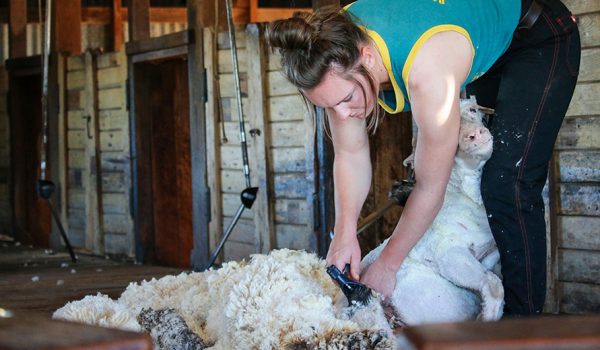Sheep in Australia
They say Australia was ‘built on the sheep’s back’ and it all started in 1796, when John Macarthur in New South Wales bought his first Merino sheep from a flock of Spanish Merino sheep reared in South Africa. There were already some sheep in Australia brought by the early European settlers but they were reared primarily for meat. The Merino was the start of the wool industry.
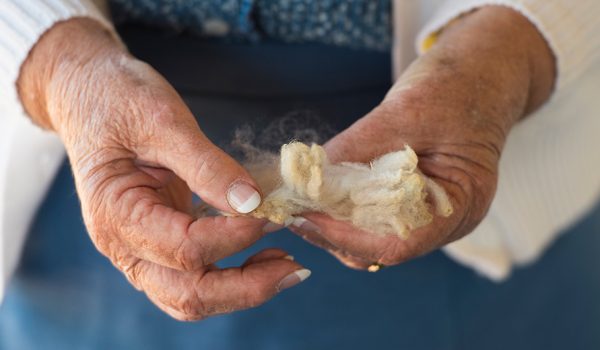
Wool takes off in Western Queensland
In the mid 1860s, 25,000 sheep were brought to Bowen Downs Station (part of which is now Nogo Station) and soon the station had its own shearing sheds, scouring sheds and washpool. Scouring (washing in hot water and detergent) enabled the wool to get a better price at market.
By the 1880s the wool business was booming and the Longreach district was already getting a reputation as being amongst the best wool growing districts in the colony of Queensland.
In the late 1890s, lower wool prices and drought devastated the industry. Sheep numbers dropped by half.
Photo courtesy of State Library of Queensland
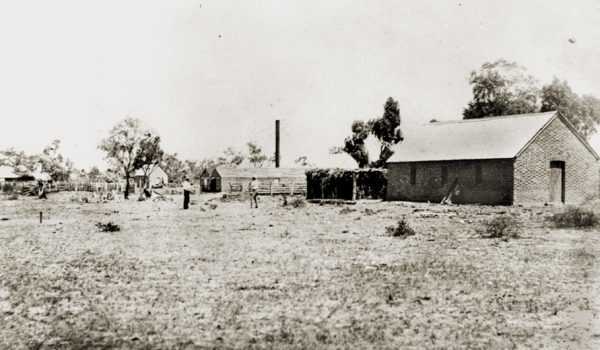
The shearers unite
Shearers had grown to be an important part of the wool industry but they didn’t feel they were getting fair wages.
Here in Queensland, tensions ran high and, in 1891, the unions formed by the shearers held one of the first May Day marches in the world in Barcaldine. This famous event set the scene for the rise of the Australian Labor Party.
In 1895, the ‘Scour and Boiling Down Works’ was opened at West Longreach but was not a great success as the water at the Ilfracombe Scour made the wool much softer. The works closed in the 1920s and the West Longreach township was gradually deserted.
Photo courtesy of State Library of Queensland
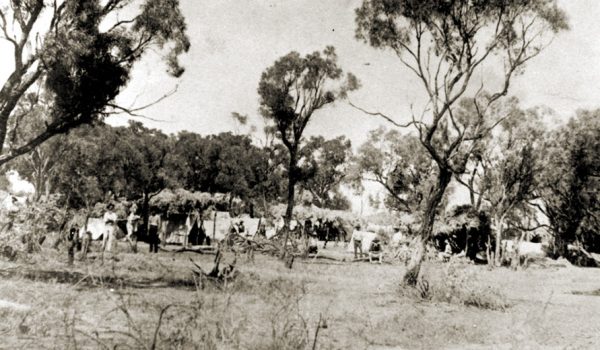
Drought and recovery
A devastating drought hit the Longreach area in 1902 and many sheep died. Over the next decade bores started to appear on the stations, creating a water source to help manage the unpredictable climate. Sheep numbers continued to grow, despite ups and downs in the wool price and frequent drought years. Sheep studs were established to meet the demand and Longreach became known as the wool capital of the world. By the 1940s, the sheep population of Queensland was a record 25 million.
Photo courtesy of State Library of Queensland
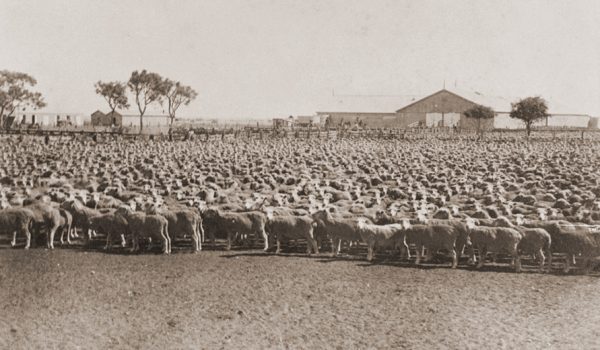
Still the home of fine wool
- The amount of Australian wool sold in 2016 would make 869 million sweaters!
- There are 67 million sheep in Australia including 31 Merino ewes
- Typically, a single wool bale holds fleece wool from 30-40 sheep
- 90% of the world’s fine wool for clothing is from Australia
- 87% of Australia’s wool is exported to China.
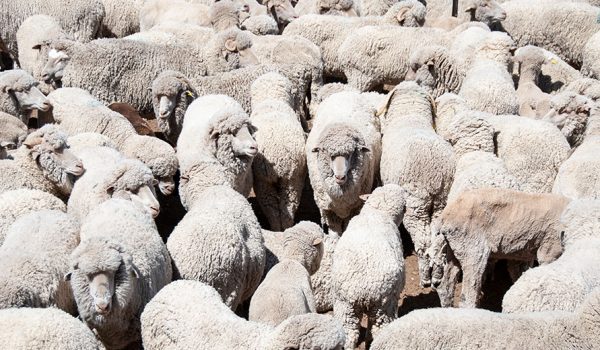
Still the home of fine wool
Nogo Station, Longreach: The shearing sheds and shearers’ quarters at Nogo date back to the 1920s and Nogo Station was renowned for its wool, getting top honours for the wool from its Merino flocks. You can visit with Outback Pioneers experiences on Tuesday and Friday to see the old sheds, hear the Merino story and talk to present-day wool growers.
Isisford Woolshed: Isis Downs Woolshed was built in 1913 and is a heritage-listed shearing shed on the Isisford-Blackall Road. It is not normally open to the public.
Blackall Woolscour: You can visit the last remaining steam operated wool-washing plant in Australia. It’s a living museum with a direct link to Australia’s pioneering era. The machinery operates every day from May to the end of August. Guided tours operate four times a day at 10am, 11am, 12pm and 1pm.
Barcaldine: The ghost gum or ‘Tree of Knowledge’ that marked the meeting place for the early shearers’ unions is no more but has been replaced by a significant sculptural monument. The shearers’ strike camp site is listed on the Queensland heritage register.
Wellshot Hotel, Ilfracombe: This old pub dating back to the 1890s is a great example of the Aussie outback hotel. It has early photographs, an outback hat collection and artefacts like the unique old timber wool press.
